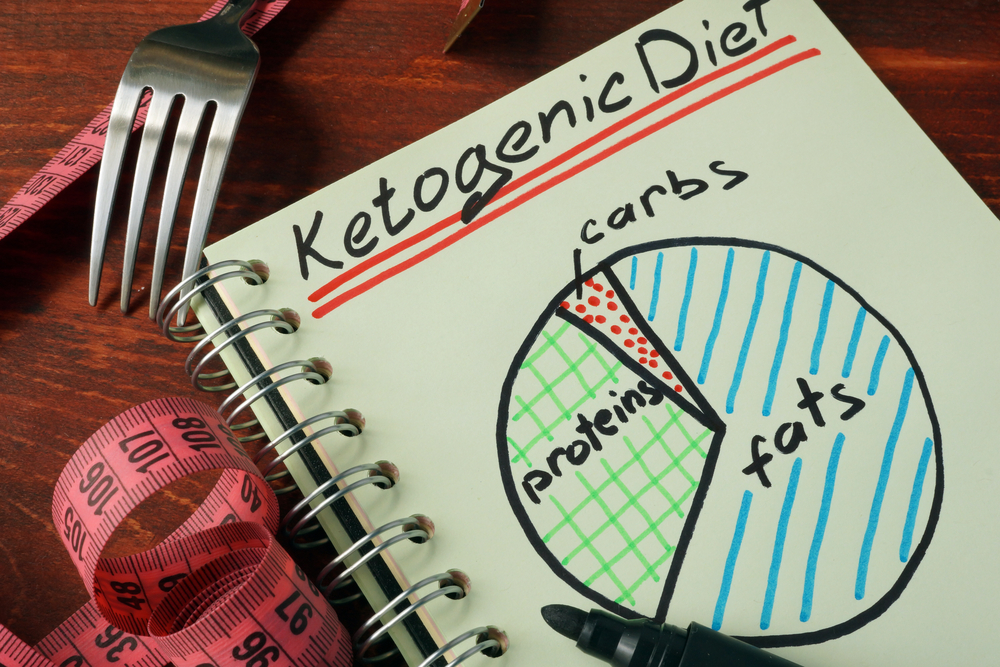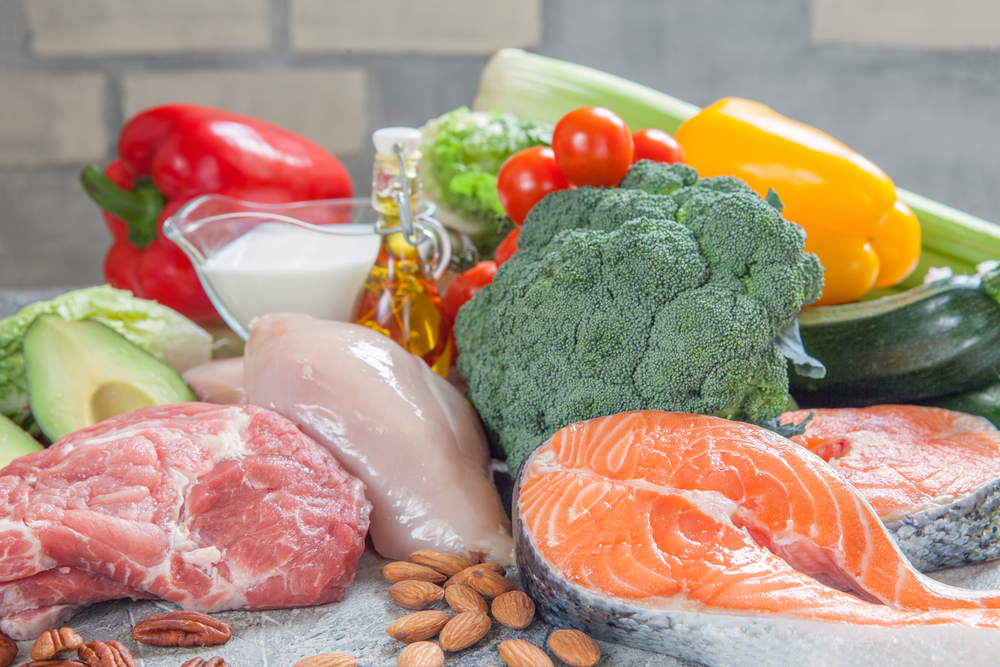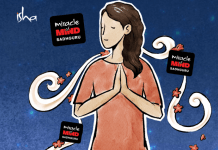What is a keto diet?

A keto or ketogenic diet is a low-carbohydrate, high-fat diet that offers many potential benefits for weight loss, health, and performance. This diet allows the body into a fat-burning machine. Ketogenic diet may also have benefits against diabetes, cancer, epilepsy and Alzheimer’s disease.
Ketogenic diet reduces carbohydrate intake and replacing it with fat. The reduction in carbohydrates puts your body into a metabolic state called ketosis, a situation when your body is almost completely fueled by fat. This state also turns fat into ketones in the liver, which can supply energy for the brain. Did you know that our brain can’t run on fat directly, but only on glucose or ketones?
On a ketogenic diet, your insulin levels become very low and fat burning increases dramatically, which is great if you’re looking to lose some weight. Other than that, there are also other benefits from this diet such as less hunger and a steady supply of energy.
Types of ketogenic diet
There are several version of the ketogenic diet, including:
- Standard Ketogenic Diet (SKD): a very low-carb, moderate-protein and high-fat diet.
- Cyclical Ketogenic Diet (CKD): involves periods of higher-carb re-feeds, such as 5 ketogenic days followed by 2 high-carb days.
- Targeted Ketogenic Diet (TKD): it allows you to add carbs around workouts
- High-protein Ketogenic Diet: as its name implies, this diet includes more protein.
The standard ketogenic diet and high-protein ketogenic diet have been studied extensively, while the rest are more advanced methods that are primarily used by bodybuilders or athletes.
What to eat
Many health food catering services provide ketogenic diet menus. The menus are carefully selected to suit the requirements needed for this type of diet. However, if you don’t feel like paying a huge amount of money for ketogenic diet catering, you can always prepare your own meals as long as you’re following the rules.

Here are foods that you’re allowed to eat when you’re on ketogenic diet:
- Meat like red meat, chicken, turkey, steak, ham, bacon, sausage
- Fatty fish like salmon, mackerel, tuna, trout
- Nuts and seeds like walnuts, flaxseeds, almonds, chia seeds, pumpkin seeds
- Butter and cream (grass-fed is better)
- Unprocessed cheeses (cheddar, cream, blue, goat or mozzarella)
- Healthy oils like extra virgin olive oil, coconut oil, and avocado oil
- Low-carb vegetables (most green vegetables, tomatoes, onions, peppers)
- Eggs (pastured or omega-3 whole eggs)
In ketogenic diet, any food that is high in carbohydrates should be limited. Here is a list of foods that are better avoided in order to maximize the results of ketogenic diet:
- Starches and grains, including rice, cereal, wheat-based products, pasta and others
- Sugary foods like soda, smoothies, cake, candy, ice cream, fruit juice, smoothies
- All fruits, except small portions of berries or avocados
- Root vegetables like potato, sweet potato, cassava, carrots, beet, parsnips, etc
- Beans or legumes: peas, lentils, chickpeas, kidney beans
- Diet or low-fat products, as these are highly processed and may contain higher carbohydrates. This also includes sugar-free diet foods that are usually high on sugar alcohols.
- Some condiments or sauces
- Vegetable oils, mayonnaise
- Alcoholic beverages
To reach ketosis, there are a few things that you need to do, such as:
- Limit carbohydrates to be below 20gram net carbs, and below 35gram total carbs per day.
- Limit protein intake. Too much protein can lead to lower level of ketosis.
- Feed yourself with enough fat.
- Drink a plenty of water.
- Stop snacking.
- Start fasting, as this can boost ketone levels.
- Exercising
There are a few “symptoms” that allow you to know that you’re doing the ketogenic diet right, such as:
- Increased urination, as keto is a natural diuretic.
- Dry mouth
- Reduced hunger and increased energy
Keto diet’s side effects
Although ketogenic diet is safe for healthy people, there are still some side effects emerging from it. Thankfully, these side effects usually are temporary and can be remedied.
Keto-flu
The first few weeks of transitioning to a ketogenic diet can be challenging. Your body may be used to relying mainly on glucose for energy, and so it will need to switch to using ketones for fuel. Keto-flu includes poor energy and mental function, increased hunger, sleep issues, nausea, digestive discomfort and decreased exercise performance. To minimize this effect, you can try a regular low-carb diet for the first few weeks. This may help your body to adapt with such change and to burn more fat before you completely eliminate carbs during the ketogenic diet.
Bowel habits
Changing to a ketogenic diet may bring about changes in bowel habits such as constipation. This is because the bacteria in our gut are adapting to handle different foods in different amounts. However, bowel habits should usually improve within a couple of weeks. Drink plenty of water and consider to add more vegetables in your diet.
Bad breath
Bad breath occurs when you enter the fat-burning state of ketosis. Ketones can be released not only in the urine and sweat, but also in the breath. Acetone is a form of ketone that when released on the breath may lead to a metallic taste in the mouth or a less-pleasant smelling breath. Don’t worry, this is usually temporary. In the mean time, keep minty sugar-free gum or breathe freshener to keep your breath fresh.




